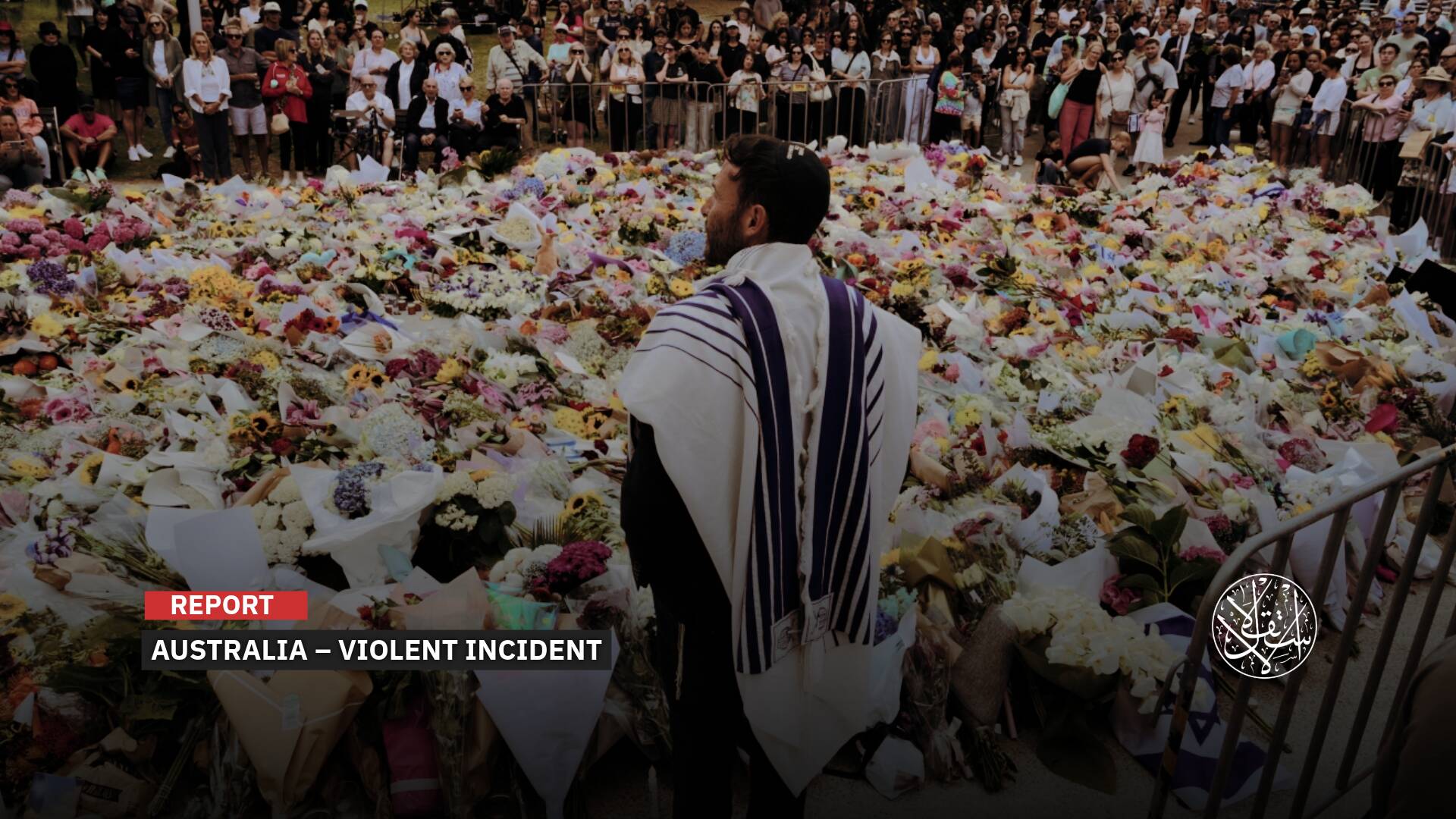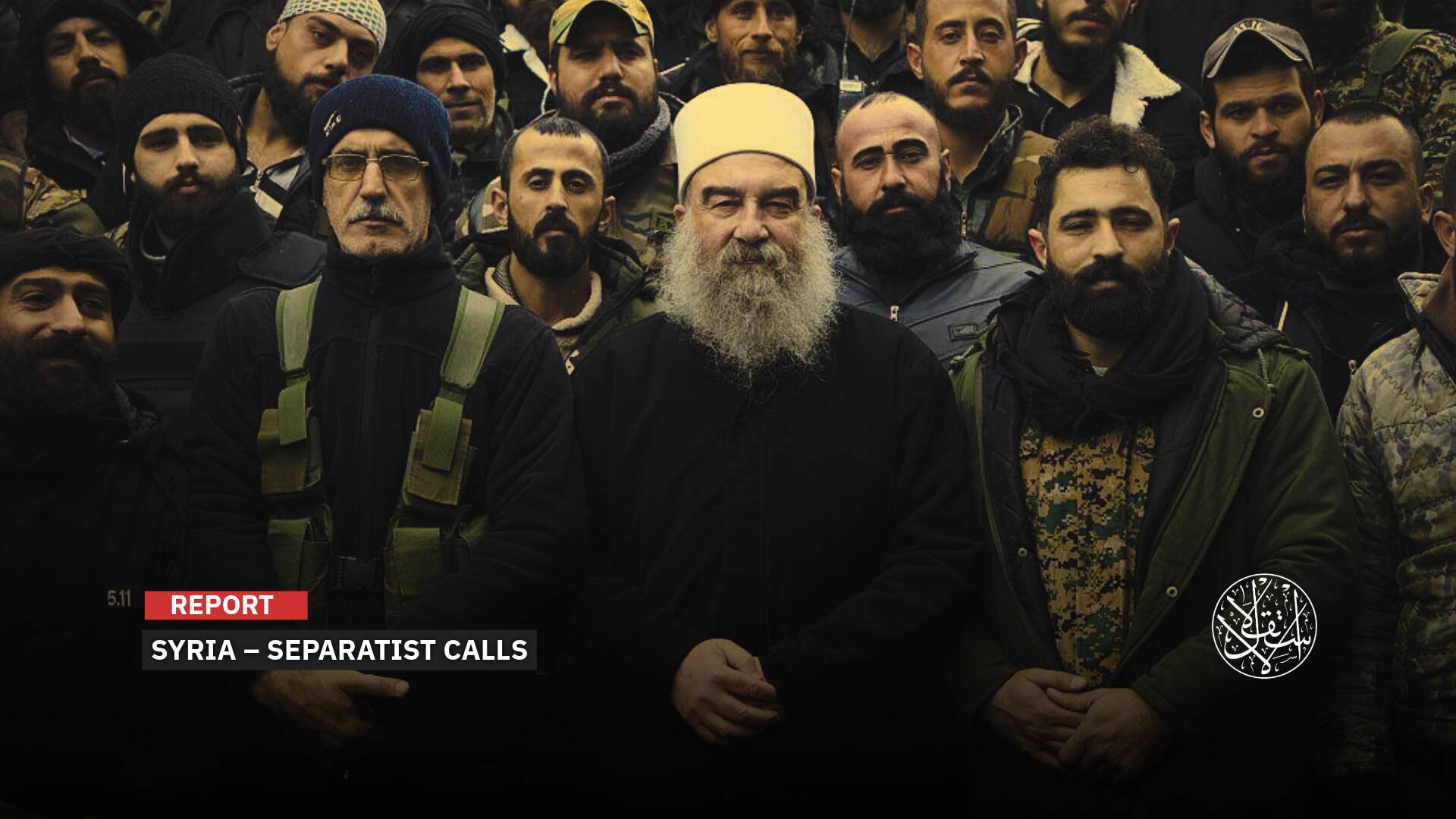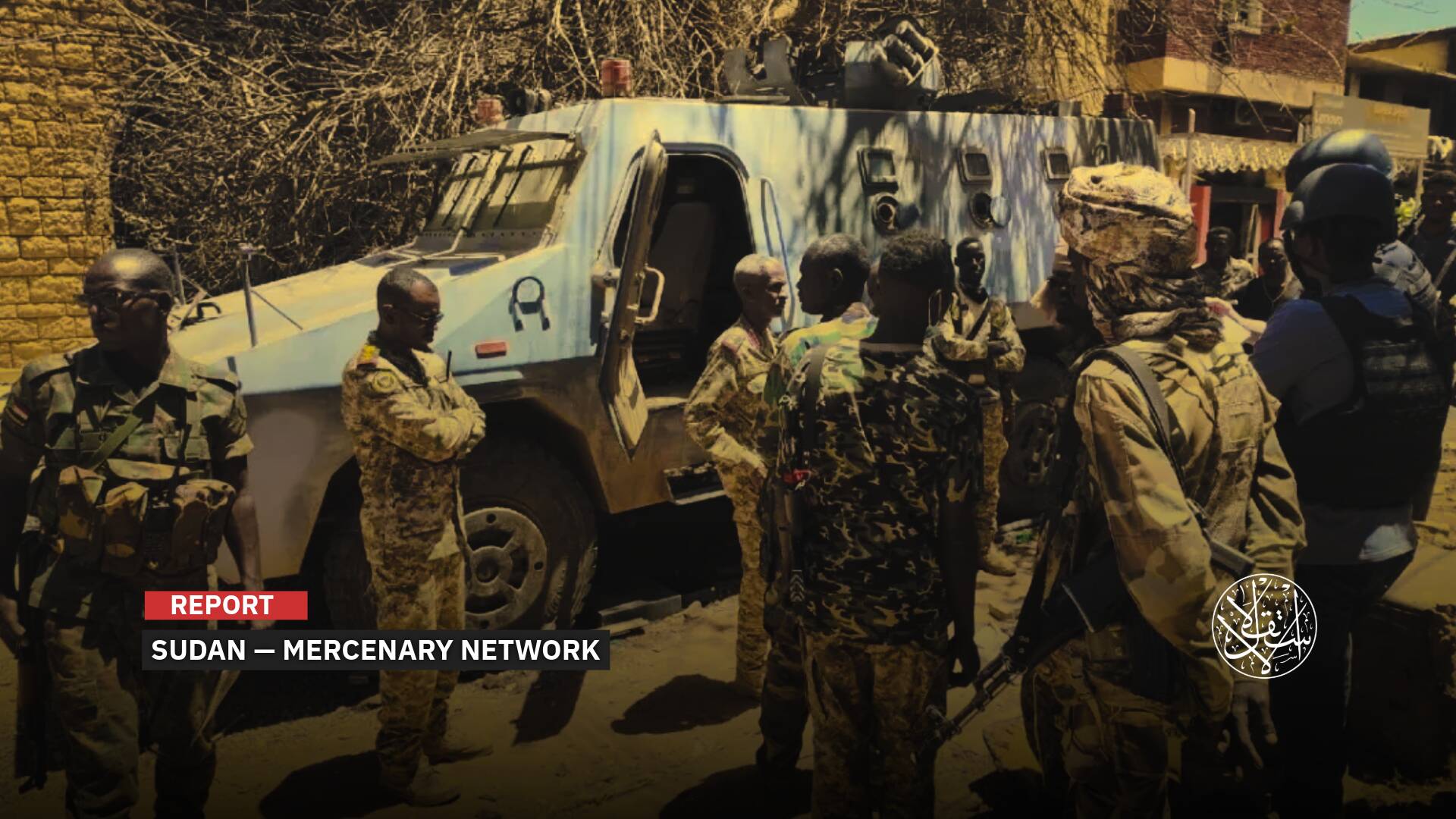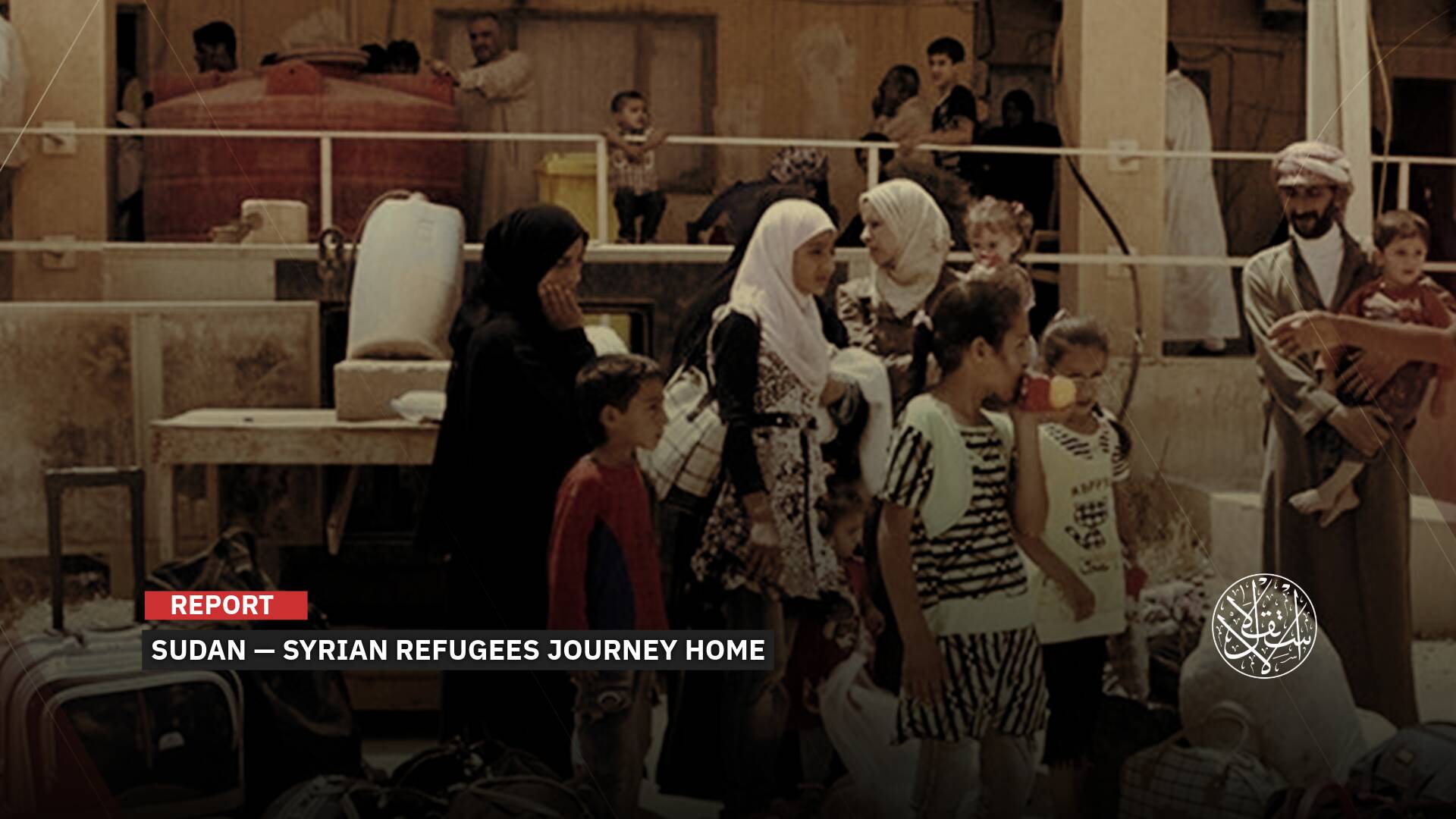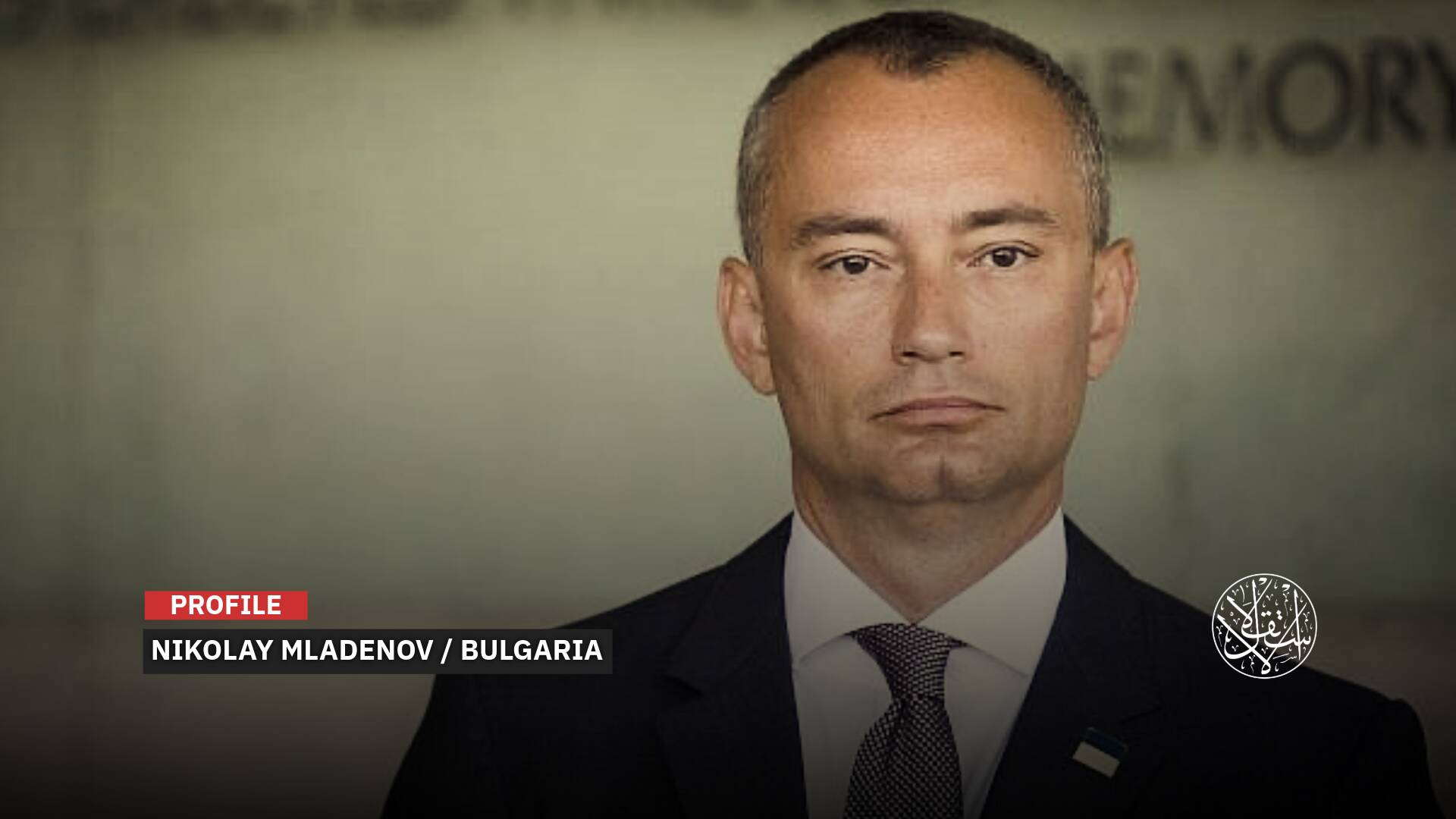How Misinformation and Rumors Are Deepening Divisions in Syrian Society

“Social media has become a weapon of information warfare, where fabricated stories spread faster than truth.”
With the collapse of the official media system in Syria following the fall of the regime of ousted Bashar al-Assad, a state of information chaos emerged, and rumors and misleading news flowed in large numbers, at a time when various parties sought, in an accelerated manner, to impose their own narratives about the past, present, and future.
It is noteworthy that the sudden Operation Deterrence of Aggression launched by the Syrian opposition factions on November 27, 2024, was accompanied by the spread of many misleading claims that were later refuted by Syrian activists and fact-checkers.
According to observers, after the fall of any dictatorial regime, the remnants of that regime always try to spread rumors to create chaos and uncertainty. Social media has become a weapon of information warfare, where fabricated stories spread faster than truth.
The widespread dissemination of rumors poses a critical challenge in understanding the true dynamics of Syria’s political and security landscape.
False Narratives
A recently published digital analysis revealed the existence of a large-scale digital campaign seeking to discredit the Syrian opposition, indicating that it began before the announcement of the fall of the regime of Syrian President Bashar al-Assad on December 8, 2024, and extended to include platforms and websites in a number of countries interested in Syrian affairs.
The Eekad Facts, which specializes in open source investigations, said that the digital analysis it conducted proved the existence of accusations, lies, and intertwined narratives crafted by Israeli, Russian, and Iranian accounts to distort the Syrian scene.
It revealed that from November 27 to December 5, 2024, the interaction within the electronic attack on the Syrian opposition reached 27,269 interactions, in a wave that reached its peak on December 1, 2024, where the number of accounts participating in those interactions was 16,196 accounts.
Regarding the Israeli accounts that contributed to targeting the Syrian opposition, the investigation reported that they promoted describing the Syrian opposition as ISIS and linking it to Turkiye and terrorism, and also promoted a video claiming that an opposition member destroyed a Christmas tree in Aleppo after taking control of it, only to later show that the tree had not been removed.
The accounts also promoted other narratives, such as broadcasting warnings that Syria would turn into an Islamic caliphate system, and that the opposition is more dangerous than Iran’s militias, and depicting the Aleppo Citadel as having become a base for Hamas and other Palestinian organizations.
The most prominent Israeli interactors were Hananya Naftali, Netanyahu’s media advisor, and the Israeli news account Osint613, which specializes in open sources.
As for the Russian narrative, the report reported that it promoted narratives linking the opposition to terrorism and Turkiye.
These accounts promoted an article written by British activist Vanessa Beeley, who supports the Assad regime, which claims that Washington, “Israel”, Al-Qaeda, and Turkiye support the Syrian opposition.
As for the Iranian accounts, the investigation results indicated that they were also similar to Russian and Israeli propaganda, as they described the opposition as terrorists supported by Erdogan, and promoted allegations that Al Jazeera is working to discredit the Syrian opposition and hide its connection to “Israel”.
By analyzing the most prominent accounts participating in the Iranian narrative, the investigation found that it was related to the Iranian news account Iran Observer, and the account of AryJeay, an Iranian researcher and writer.
In the results, the investigation concluded that the three groups, despite their different nationalities, unified their narratives to undermine the credibility of the Syrian opposition with the aim of achieving political gains that serve their regional agendas.

Rumors and Misinformation
After the fall of the Assad regime, successive waves of rumors and false news spread across social media platforms.
The goals behind spreading these rumors varied between supporters of the new authority and supporters of the former regime. In both cases, Syria became under the umbrella of false news and rumors of dubious validity.
Amidst this misinformation, the leader of Hayat Tahrir al-Sham (HTS), Abu Mohammad al-Jolani, has become a primary target.
Numerous posts attempt to depict him as under Israeli influence, even scrutinizing his attire.
An openly pro-Iranian account accused al-Jolani of donning tactical gear made in “Israel”, specifically citing an inscription from Emersongear.
However, this company is actually based in China and has publicly clarified that the jacket in question is likely a counterfeit.
According to Jordanian verification outlet Misbar, al-Jolani has been the subject of around a dozen misleading claims within just a week.
On the other hand, Saydnaya prison has been a prominent example of the flow of misinformation and media chaos, as dozens of false claims about the prison, which has long been seen as a symbol of repression and abuse under the Syrian regime, have been debunked.
Fake news about the secret cells of Saydnaya have fueled mixed feelings of hope and terror among Syrians, while compounding the suffering of thousands searching for their missing loved ones.
After days of searching, the Civil Defense announced - in a statement - that its specialized teams searched all sections of the prison and did not find any evidence confirming the existence of secret basements or undiscovered dungeons.
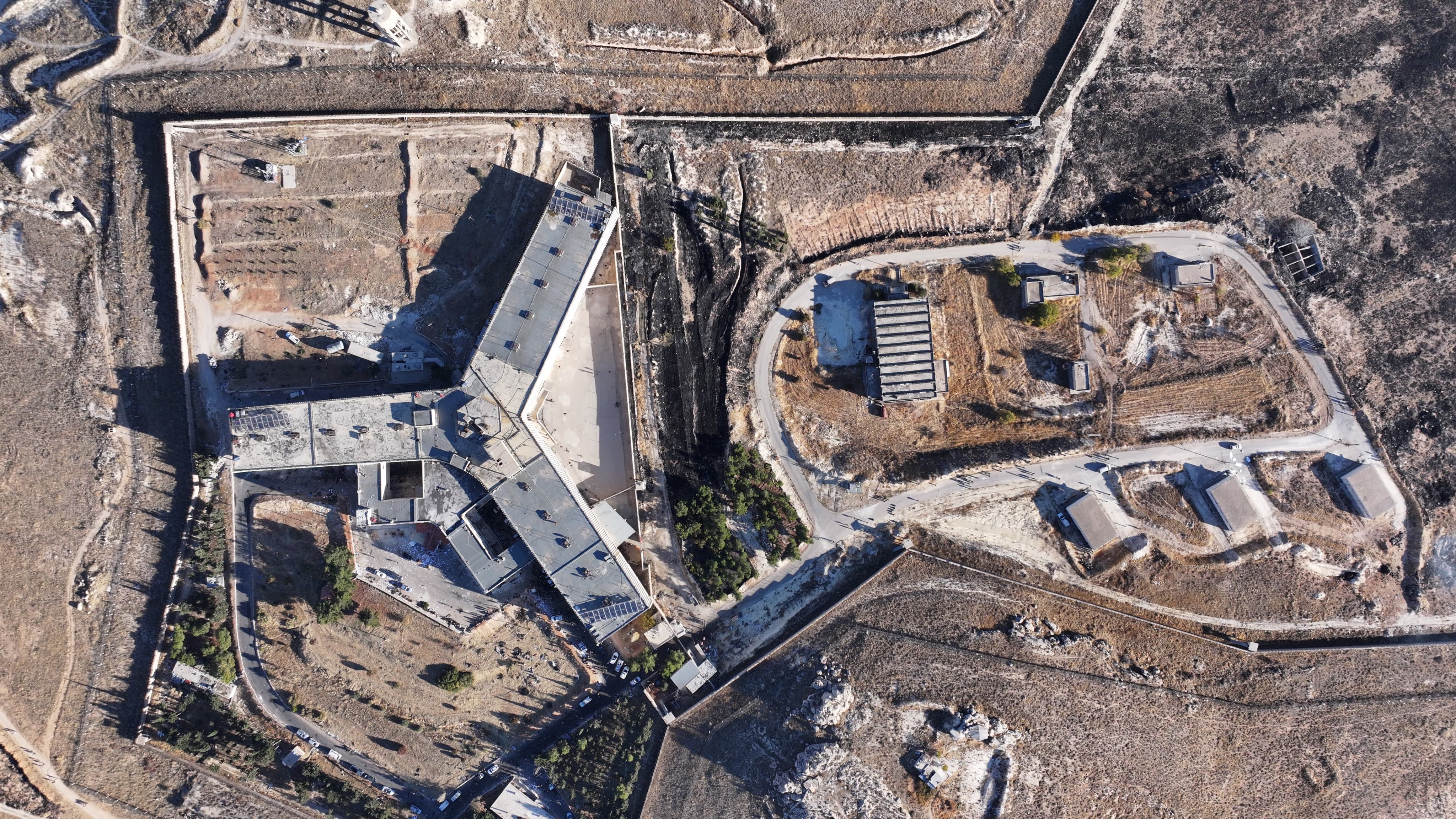
Other rumors spread later and attracted the attention of many inside and outside Syria, which reported the assassination of three Syrian nuclear scientists by shooting them inside their homes, namely (Dr. Shadia Habal, Dr. Hamdi Ismail, and Dr. Zahra Al-Homsiya).
Syrian activists revealed that Shadia Habal is a Syrian-American astronaut who has been living outside Syria for 12 years, and that Hamdi Ismail and Zahra Al-Homsiya are just fictitious names.
In a related context, on December 12, CNN published a video report titled ‘CNN witnesses moment rebels free man from Syrian prison’, in which the channel's correspondent Clarissa Ward appears with a person carrying a weapon as they open a cell in a prison in Damascus.
The report also featured a man named Adel Ghorbal from the city of Homs, who according to him was arrested from his home three months ago.
The report sparked widespread controversy on social media, as some questioned the credibility of the interview, pointing to contradictions in the man's story and his physical condition, which did not reflect the conditions of detention he claimed.
Later, a Syrian fact-checking organization called Verify-Sy revealed that the man who appeared in the interview was named Salama Mohammad Salama, and that he worked as a lieutenant in the Air Force Intelligence Directorate affiliated with the Assad regime.
The organization wondered: Did CNN deliberately mislead its audience to whitewash the image of the former officer, or was it a victim of misleading information?
Revenge and Terror
With the fall of the Assad regime, an atmosphere of tension and terror prevailed, and allegations emerged of revenge and field executions by armed opposition forces, especially against women, while users shared videos showing violence targeting minorities and different sects.
In this situation, Syrians suffered from the absence of reliable channels for obtaining information, which contributed to fueling hate speech and the widespread spread of misinformation.
Posts spread on social media that exacerbated the state of panic, such as: ‘Hospitals are full of dead people’, and ‘The country has entered a long bloodbath’.
It was also alleged that many of the opposition forces and leaders who took control of the country were remnants of ISIS, and that they were preparing to take revenge on people in areas that were under the control of the Assad regime.
A pro-Russian account alleged that newly appointed Syrian Prime Minister Mohammed al-Bashir is a former ISIS member, backing their claim with a photograph.
Despite the resemblance, the individual in the image is actually Rachid Kassim, an Islamic State recruiter who is presumed dead.
According to the Center for Countering Disinformation, Russia is actively spreading the narrative that the Ukrainian military is actively involved in the worsening security situation in Syria.
Russian efforts at disinformation over Syria are nothing new. Two years ago, an investigation by the Institute for Strategic Dialogue found that a Russia-backed network of conspiracy theorists was sending thousands of disinformation tweets.
This misinformation about Syria included false claims about the work of the White Helmets, the volunteer organization working to evacuate people in Syria; denials or distortions of facts about the Syrian regime’s use of chemical weapons; and denials and distortions of the findings of reports by the Organization for the Prohibition of Chemical Weapons on Syria.

On his part, Syrian journalist Aziz Idlebi pointed out in a statement to Al-Estiklal that “the aim of spreading misinformation and rumors is to undermine the credibility of the Syrian opposition factions, promote conspiracy theories, and increase geopolitical tensions.”
“This misinformation can contribute to strengthening divisions between the different sects in Syria, and fuel feelings of hostility and tension, which may increase the intensity of the conflict between the sects, and turn it into mass violence that may lead to the destruction of the social fabric of Syrian society,” he said.
Sources
- Misinformation Minefield: How Social Media Distorts the Syrian Conflict
- Fog Of War Fuels Misinformation About Syria
- Syria Disinformation Wars: The Pro-Assad Strategy to Combat Misinformation
- Syrian Prisoner Freed by CNN’s Clarissa Ward May Have Been Intelligence Officer in Hiding
- Israeli-Iranian-Russian campaign to distort the image of the Syrian opposition [Arabic]



